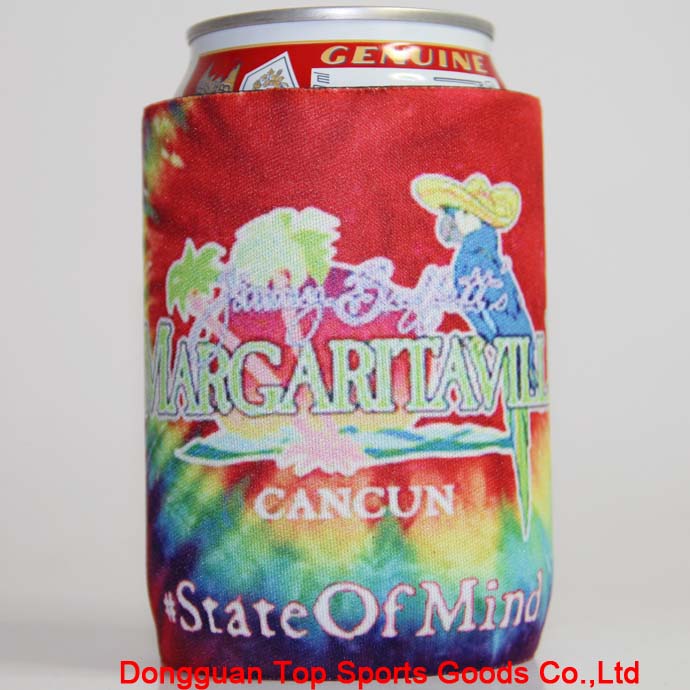The goal of future carving methods
Since 1995, the application of traditional etching gravure in the magazine and catalog printing has shrunk dramatically. Electronic engraving has been widely used due to its advantages such as simple process, high reliability, low cost, good quality, and particularly good image reproducibility. Compared with etching plates, the only disadvantage of electronic engraving is poor outlines because it sculpts text and images with the same resolution.
In the field of packaging and printing, in addition to electronic engraving gravure, the application of corrosion version is also more common. However, the laser etching digital imaging method is used instead of the traditional film imaging, but the depth of the cell site cannot be controlled during imaging, which restricts the replication of the continuously adjusted product to some extent.
Due to the complexity of the new engraving material processing, the direct engraving on zinc is very costly, and the laser technology was also developed in the 1990s, so the quality is not high enough.
In response to this situation, HELL is targeting the fundamental shortcomings of seeking ways to solve electronic engraving, that is to say solving the problem of outline definition of text and lines. HELL achieved this goal through two different methods: one is to further develop the electronic engraving gravure technology, and the other is to develop laser direct engraving copper layer technology.
XT ultra-fine electronic engraving technology
Similar to the laser photocopying technology, the new XT super-fine electronic engraving technology can also use different resolutions for characters and images for engraving. For example, the text uses 1000 l/cm, and the image uses 60 l/cm. This not only means increased text and image resolution, but also the depth of the cell site can be changed as required. In general, XT technology means that the basic parameters such as resolution, maximum cell volume, and cell depth can be individually adjusted.
The application of XT technology is quite extensive and can even be used in the electronics field, such as printing circuits onto aluminum foil. In the field of packaging and printing, XT technology can be used for very fine graphics, and it also plays an important role in security printing. In addition, in the printing of magazines and catalogues, XT technology is used for engraving characters and lines.
Laser engraving directly on the copper layer
According to the principle of XT technology, HELL has developed a prototype of a laser engraving machine, which directly sculpts cells on the surface of copper or chromium, and the write resolution of the laser beam can also be individually adjusted. The laser beam is so fine and its energy is so high that, in such an ultra-high energy state, even if the copper layer itself has a strong reflection on the laser, it will be melted away like butter in the hot sun. .
The XT technology also requires a screen controller, which is placed inside the XT engraving head and sculpted on the screen while adding screens to complete any shape of the pocket sculpture. For the first time, this technology will complete the screening process in the engraving head. It not only can sculpt the amplitude modulation network points, but also can engrave the carved network points.
HELL's XT technology was first developed for the packaging industry and, under the right conditions, will be extended to large-format catalogs and magazine printing.
Conclusion
At present, several gravure platemaking processes using laser imaging methods have certain deficiencies. Laser etching imaging technology can not control the depth of the cell, can not achieve the quality of electronic engraving in the continuous transfer of replication, and the process steps are also more, which leads to reduced process reliability. The laser engraving directly on the zinc layer has no obvious improvement and improvement in terms of quality and cost, and the material is difficult to handle, adding to the burden of drum processing.
Laser direct engraving of copper layers is based on an electronic engraving process and new laser engraving tools. Both XT technology and laser direct engraving copper layer technology can improve the definition of the outline, so that the text and lines can be reproduced more clearly. Both methods can control the engraving depth. To a large extent, the depth adjustment is also independent of the network Area of
In addition, the photographic direct screen platemaking technology has also been further improved, even to achieve real effects.
Source: "Printing Technology"
